Signs of Quality: Bagged Teas vs. Loose Leaves
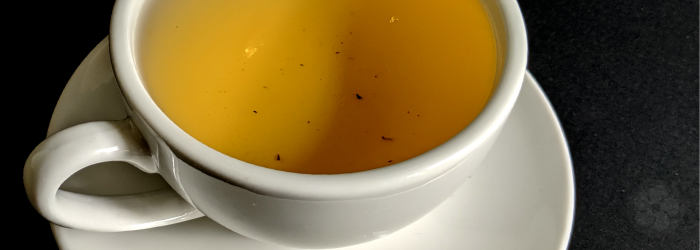
For a large number of tea drinkers in the modern world, tea bags are the norm. In any regions where European influences have shaped the tea culture, bagged teas are readily available in grocery stores and cafes, while loose leaf teas are sold in specialty shops, associated with special brewing rituals, or generally considered “too fancy” for everyday consumption.
In fact, the difference between bagged and loose leaves is only that: packaging. Loose tea leaves are not always of better quality than those found in bags, and bagged teas are not always “easier” to brew. As with any aspect of tea, the manner in which the leaves are packaged is a choice that each tea drinker can make for themselves. In this blog post, we’ll break down what you can (and can’t) tell about a tea’s quality from the way it is packaged.
Find out more about our standards for quality >>
Taste
When shopping for tea, either bagged or loose, our most important concern is flavor, and that means paying attention to the scale of the tea company. Large companies that distribute to grocery stores worldwide must produce vast quantities of tea, while small scale growers and distributers can focus on higher quality.
Discover why we always source from small farms >>
Large companies produce consistent flavor across wide markets by blending many batches of tea from disparate seasons and plantations. For the greatest quantities, they source from low elevation farms during the fast-growing summer season, and often add herbs, flowers, or artificial flavors for flavor complexity.
Small growers, on the other hand, depend on the valuable terroir of reputable regions to provide many layers of natural flavor. The highest quality crops are usually picked during seasons of slow growth, like early spring, when the plant has to send reserves of natural sugars to the budding leaves.
To make even blends, and ensure the leaves fit easily into standard sized tea bags, many tea bag manufacturers use broken or powdered leaves. This speeds up the process of flavor extraction in hot water, drawing out more compounds that cause bitter and astringent flavor qualities, like tannins.
Learn more about how broken leaves affect tea flavor >>
Crushed and broken leaves can also go stale more quickly, especially in lightly oxidized styles like green tea or white tea. Blends of many harvests make it difficult for large companies to cite harvest dates, and the long supply chain required for broad distribution means that bagged teas from large companies can sit on warehouse shelves for a long time before they make it to a cup of hot water. Individual foil wrappings can mitigate this effect, but increase waste and are not foolproof.
Learn more about the supply chain that brings tea from farm to cup >>
Convenience
Bagged teas are often credited with being simpler to brew. The filtering bag negates the need for extra equipment by keeping tea leaves contained. In fact, we often use empty, fillable tea bags to drink the broken bits from the bottom of a bag of loose leaves, or for herbal teas that are finely ground. In addition, bagged teas are pre-portioned, removing any confusion over how much tea to use.
It’s not hard to see, however, why those who love tea might prefer to determine their own serving sizes. For instance, we often adjust the quantity of tea leaf to suit a different sized brewing vessel. When one bag of tea makes a 16oz cup, how many should be used for 20oz of hot water? The same single bag will result in a weaker brew, while adding a whole second bag will make the brew too strong. Loose leaves, however, allow for minute adjustments to suit the size of the brewing vessel or the personal preferences of the tea drinker.
Find seven ways to improve the flavor in your cup >>
Many might say that brewing a tea bag is faster, but this is typically false. A bag placed in a large mug can take 3-5 minutes to extract flavor fully, while the common method of gong fu cha, used for brewing loose leaves in Chinese traditions, calls for steeps of less than two minutes for almost all teas. After decanting, loose leaves that are not broken or chopped can be re-infused several times throughout the day, without sacrificing flavor.
Learn how to make the most of your leaves with multiple infusions >>
Bagged teas do offer a few advantages while traveling, but if you prefer the flavor of a loose leaf option, the difficulties of taking it on the road can be easily mitigated. Individually packaged bags can be easily packed, require no extra equipment to brew on the go, and are easy to discard after a single brew. If there's a loose leaf tea you can't go without, though, it is always possible to fill a few empty tea bags in advance.
Find our favorite methods of brewing tea while traveling >>
Whole leaves can also be ideal for travel thanks to the slower release of tannins. Most Chinese tea drinkers travel with an infuser thermos, which they load with a small amount of tea leaf and let sit in the water all day. When the brew becomes too strong, they simply add more water to continue the process. With a tea picked from favorable terroir during the spring harvest, this brew will never be bitter.
Sustainability
Our final criteria for high quality tea is whether it is sustainably grown, processed, and packaged. Again, the intended market of a tea can make a big difference. One way to produce inexpensive teas is to ensure high yields by using pesticides, herbicides, or fertilizers that increase growth rates. These methods are mostly used by producers who value quantity over quality, since speedy growth deprives tea plants of the time needed to develop full-bodied natural flavor.
See the difference in three different grades of black tea >>
To keep labor costs low, harvesting is undertaken by underpaid laborers or performed by machines that chop the leaves rather than plucking them. These low-cost leaves are often favored by tea bag producers because they are large, homogenous crops that don’t need the extra step of being crushed or broken for easy blending and packaging.
By contrast, teas grown in regions with prized terroir and highly anticipated harvest seasons are typically plucked and crafted with care by highly trained local experts. They select specific leaf configurations to pluck, carefully keep the leaves whole during the stages of withering and oxidation, and then roast them gently, using techniques perfected over generations to make the most of their valuable leaves. Highly skilled laborers are hired seasonally in a competitive market, and small, family-owned operations have a vested interest in maintaining the health of the land and plants they will pass down to their children.
Learn more about labor standards in the Chinese tea industry >>
Finally, the packaging used for the end product is an obvious factor in overall sustainability. Recent news has brought to light concerns over microplastics used to make filter bags sealable, while the sheer volume of cardboard, plastic, and foil packaging used to make bagged teas can also raise eyebrows. The very things that make single-serving sachets easy to use also create extra waste. Today, there are many examples on the market of tea bags made of silk or biodegradable materials, but the extra cost of these eco-friendly efforts make tea bags an increasingly expensive option, without necessarily increasing the quality of the tea inside.
Of course, high quality leaves can be sold in tea bags, and low quality leaves can be sold in loose leaf form. For those who prefer to add milk or sugar, brew only one infusion, or are simply accustomed to using them, bagged teas will probably remain the easiest way to consume tea. For those who are interested in exploring new varieties of natural tea, having more control over the brewing process, and reducing the waste and environmental impact of their teas, however, loose leaves are likely worth investigating.
Do you prefer bagged teas or loose leaves? Let us know in the comments below!
Sign up for our newsletter to get blog updates in your inbox!



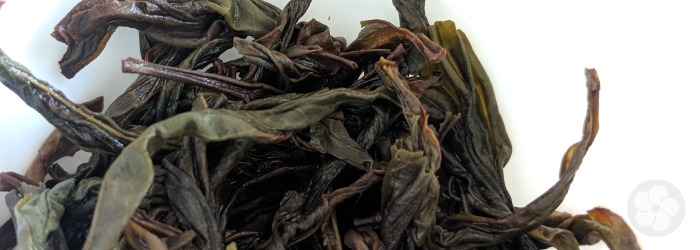


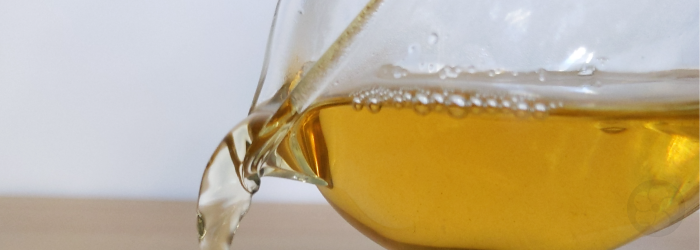
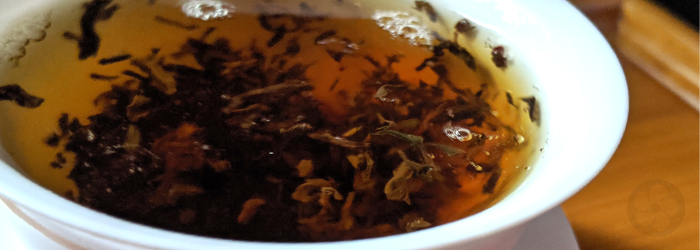
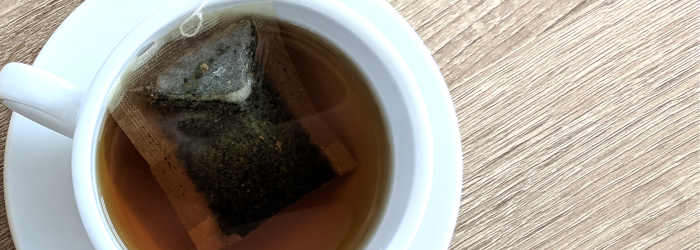
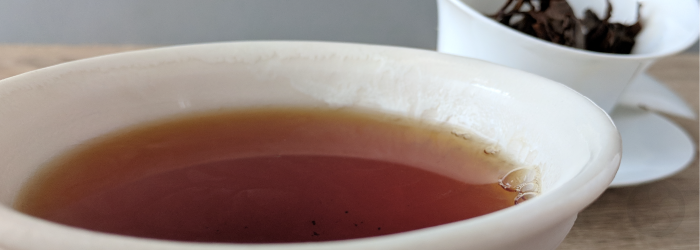
Comments on this post (0)